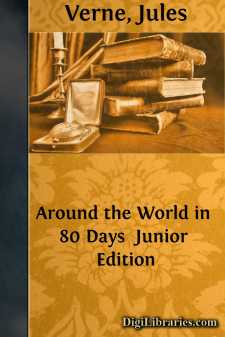Categories
- Antiques & Collectibles 13
- Architecture 36
- Art 48
- Bibles 22
- Biography & Autobiography 813
- Body, Mind & Spirit 142
- Business & Economics 28
- Children's Books 15
- Children's Fiction 12
- Computers 4
- Cooking 94
- Crafts & Hobbies 4
- Drama 346
- Education 46
- Family & Relationships 57
- Fiction 11828
- Games 19
- Gardening 17
- Health & Fitness 34
- History 1377
- House & Home 1
- Humor 147
- Juvenile Fiction 1873
- Juvenile Nonfiction 202
- Language Arts & Disciplines 88
- Law 16
- Literary Collections 686
- Literary Criticism 179
- Mathematics 13
- Medical 41
- Music 40
- Nature 179
- Non-Classifiable 1768
- Performing Arts 7
- Periodicals 1453
- Philosophy 64
- Photography 2
- Poetry 896
- Political Science 203
- Psychology 42
- Reference 154
- Religion 513
- Science 126
- Self-Help 84
- Social Science 81
- Sports & Recreation 34
- Study Aids 3
- Technology & Engineering 59
- Transportation 23
- Travel 463
- True Crime 29
The Pearl of Lima A Story of True Love
by: Jules Verne
Description:
Excerpt
The sun had disappeared behind the snowy peaks of the Cordilleras; but the beautiful Peruvian sky long retains, through the transparent veil of night, the reflection of his rays; the atmosphere is impregnated with a refreshing coolness, which in these burning latitudes affords freedom of breath; it is the hour in which one can live a European life, and seek without on the verandas some cooling gentle zephyr; it seems as if a metallic roof was then interposed between the sun and the earth, which, retaining the heat and suffering only the light to pass, offers beneath its shelter a reparative repose.
This much desired hour had at last sounded from the clock of the cathedral. While the earliest stars were rising above the horizon, the numerous promenaders were traversing the streets of Lima, wrapped in their light mantles, and conversing gravely on the most trivial affairs. There was a great movement of the populace on the Plaza-Mayor, that forum of the ancient city of kings; artisans were profiting by the coolness to quit their daily labors; they circulated actively among the crowd, crying their various merchandise; the ladies of Lima, carefully enveloped in the mantillas which mask their countenances, with the exception of the right eye, darted stealthy glances on the surrounding masses; they undulated through the groups of smokers, like foam at the will of the waves; other señoras, in ball costume, coiffed only with their abundant hair or some natural flowers, passed in large calêches, throwing on the caballeros nonchalant regards.
But these glances were not bestowed indiscriminately upon the young cavaliers; the thoughts of the noble ladies could rest only on aristocratic heights. The Indians passed without lifting their eyes upon them, knowing themselves to be beneath their notice; betraying by no gesture or word, the bitter envy of their hearts. They contrasted strongly with the half-breeds, or mestizoes, who, repulsed like the former, vented their indignation in cries and protestations.
The proud descendants of Pizarro marched with heads high, as in the times when their ancestors founded the city of kings; their traditional scorn rested alike on the Indians whom they had conquered, and the mestizoes, born of their relations with the natives of the New World. The Indians, on the contrary, were constantly struggling to break their chains, and cherished alike aversion toward the conquerors of the ancient empire of the Incas and their haughty and insolent descendants.
But the mestizoes, Spanish in their contempt for the Indians, and Indian in their hatred which they had vowed against the Spaniards, burned with both these vivid and impassioned sentiments.
A group of these young people stood near the pretty fountain in the centre of the Plaza-Mayor. Clad in their poncho, a piece of cloth or cotton in the form of a parallelogram, with an opening in the middle to give passage to the head, in large pantaloons, striped with a thousand colors, coiffed with broad-brimmed hats of Guayaquil straw, they were talking, declaiming, gesticulating....












